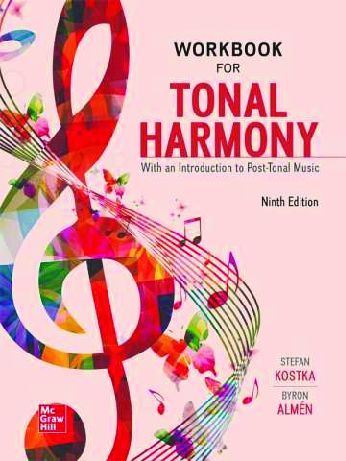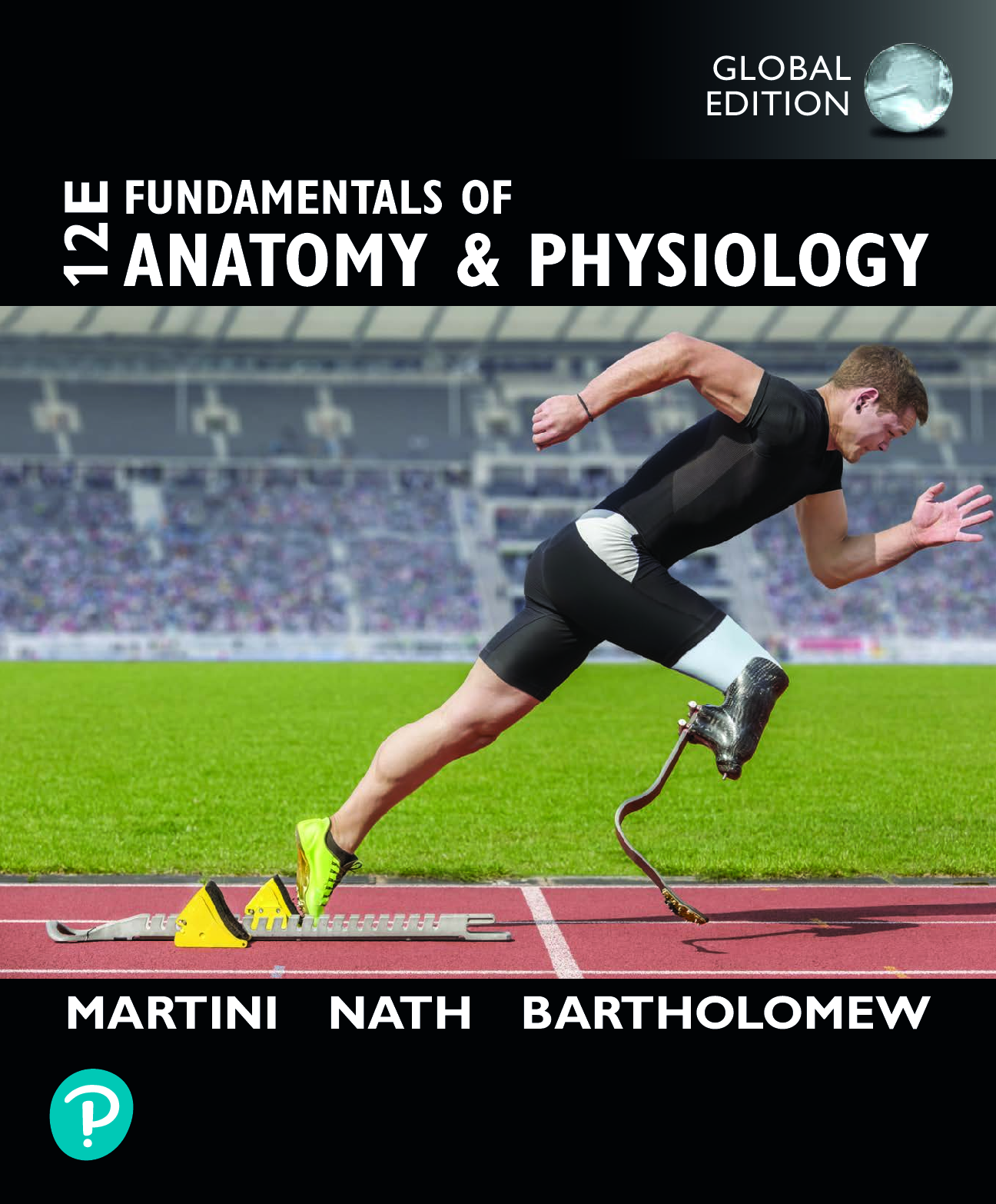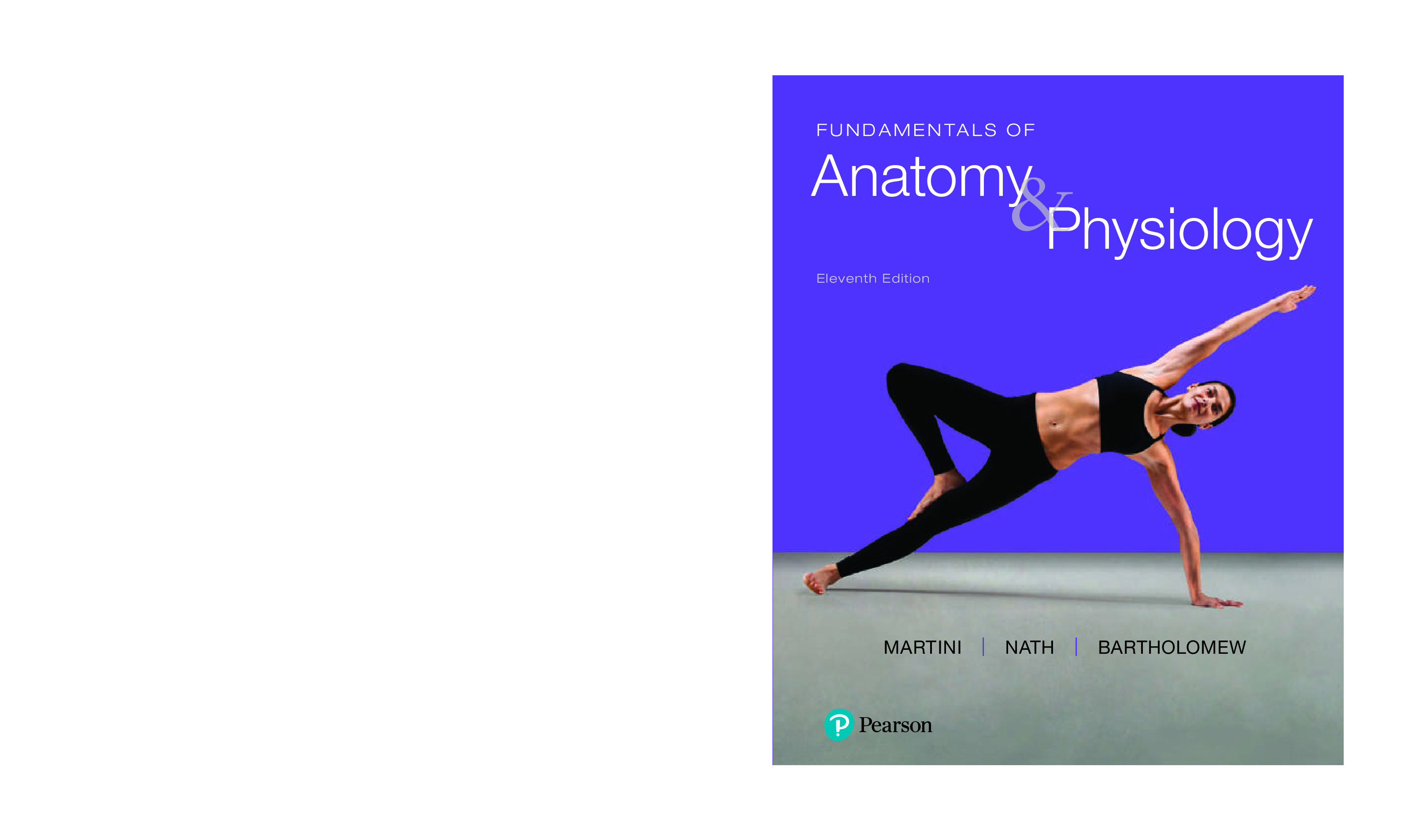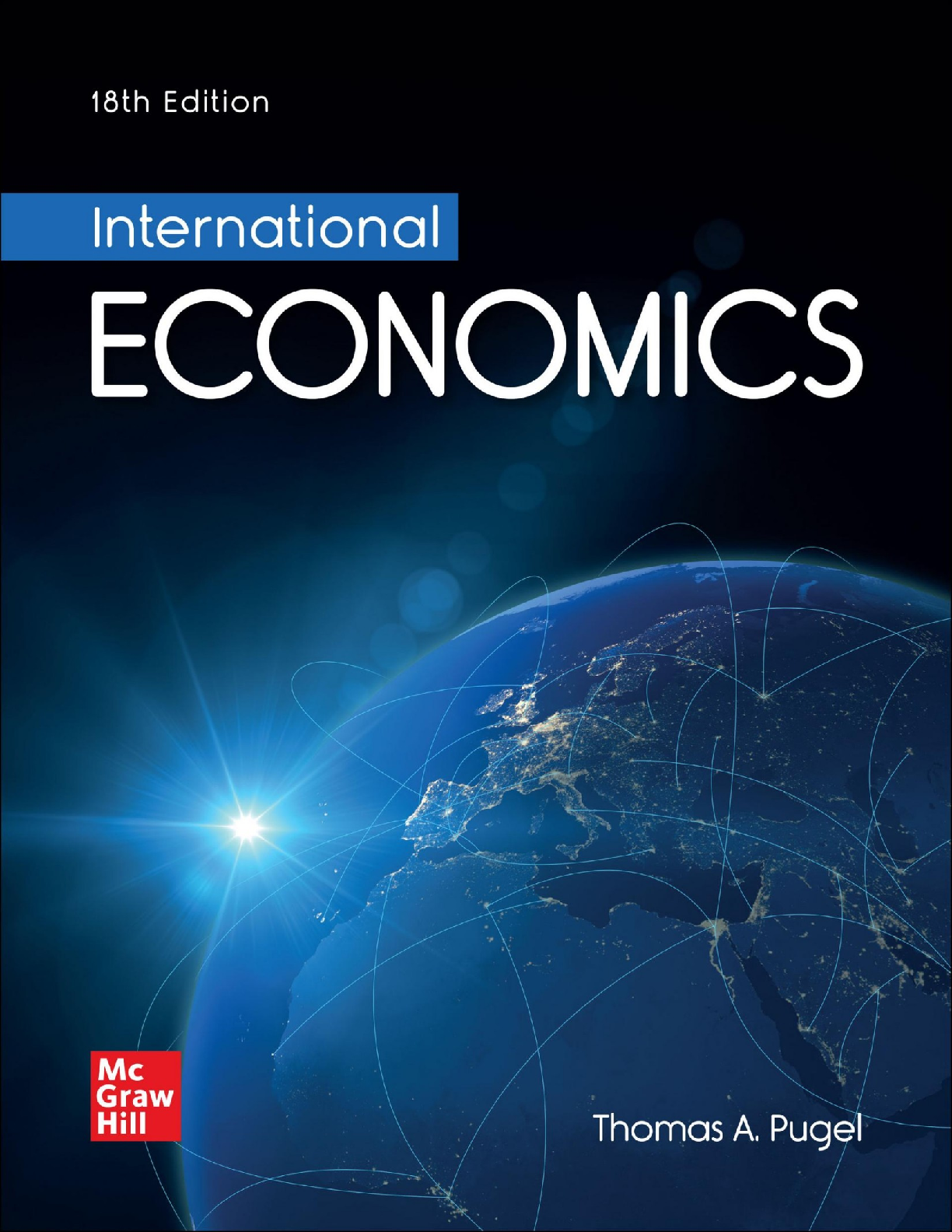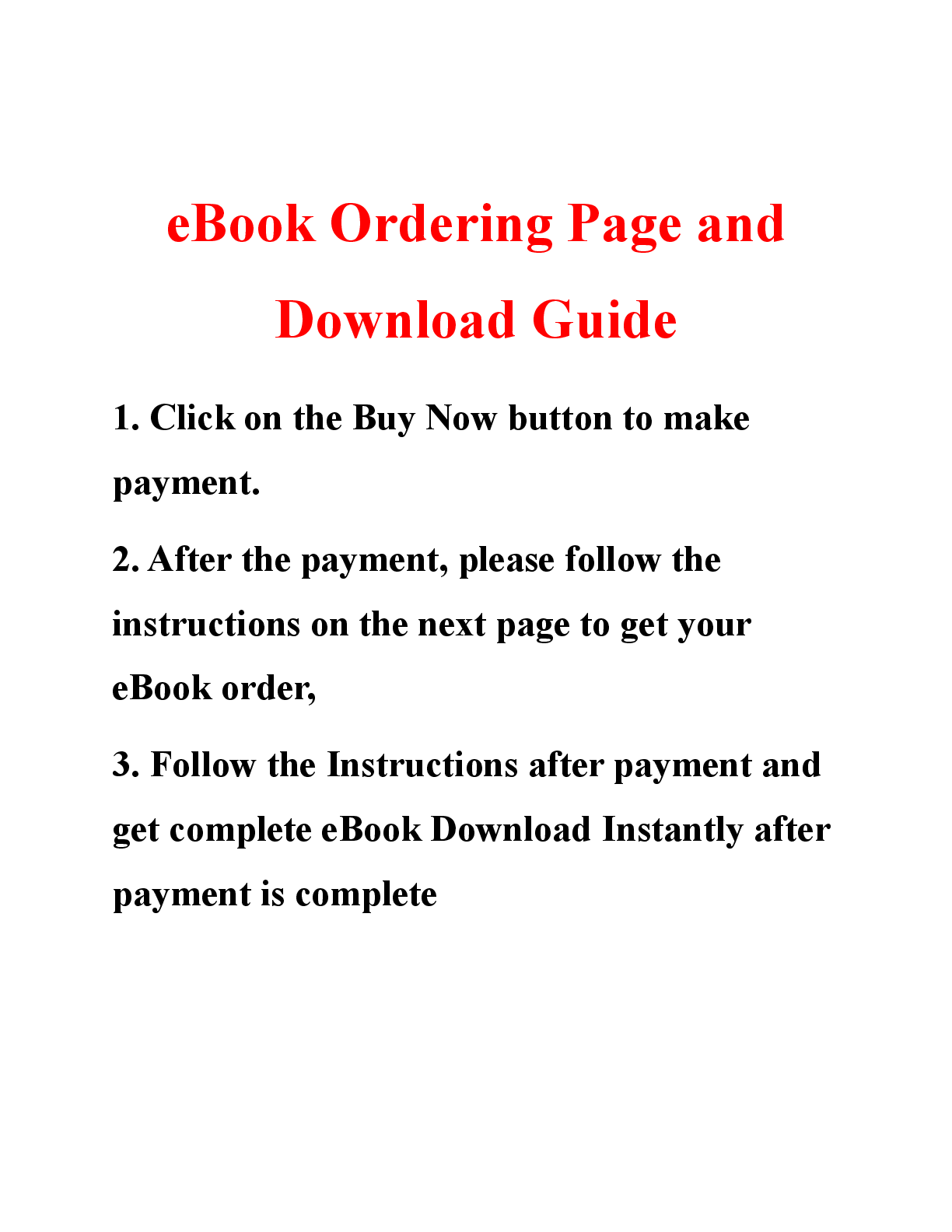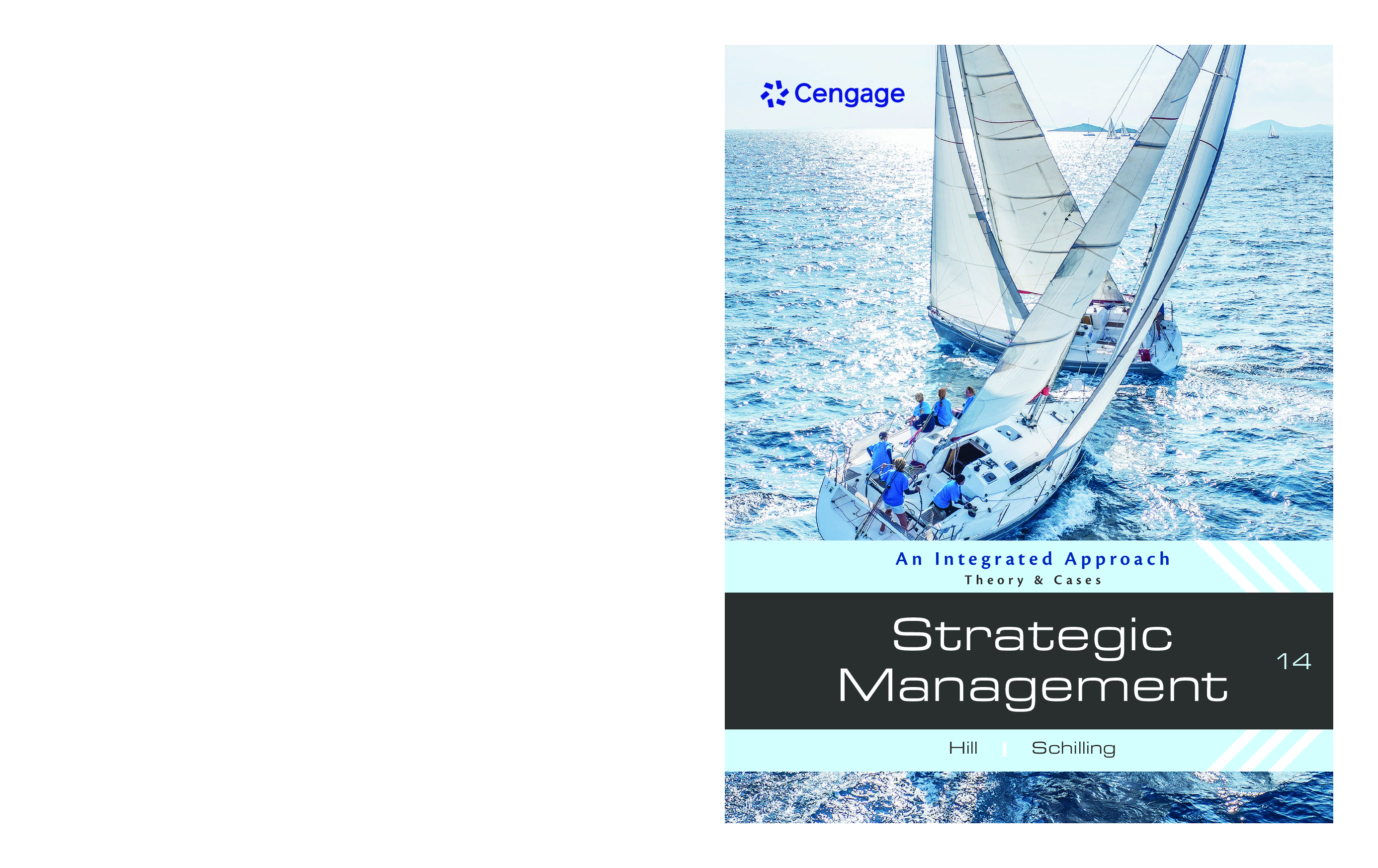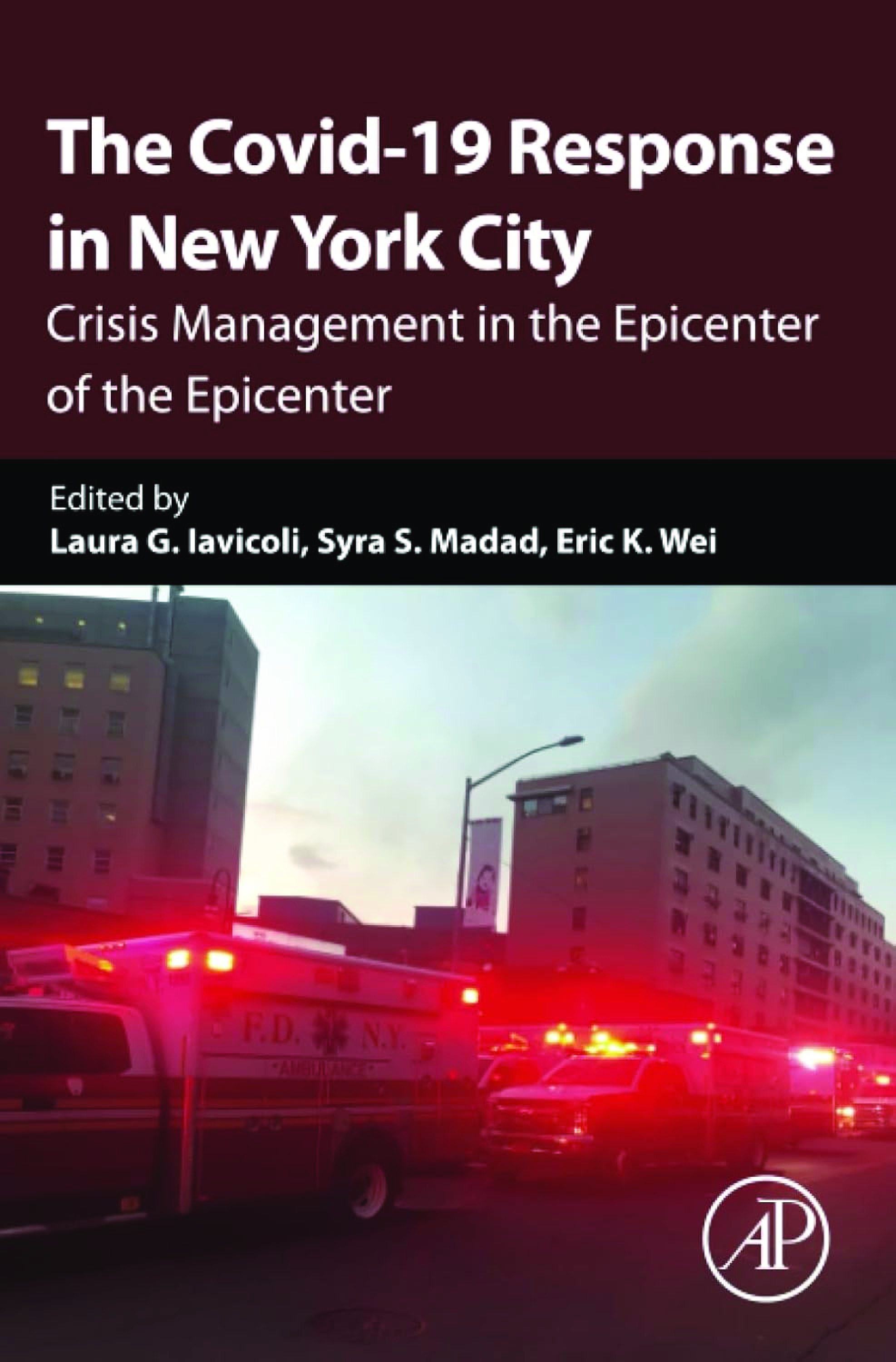Procurement > eBook-PDF > [PDF] [eBook] Procurement Principles and Management in the Digital Age, 12th Edition, By Peter Baily (All)
[PDF] [eBook] Procurement Principles and Management in the Digital Age, 12th Edition, By Peter Baily, David Farmer, Barry Crocker, David Jessop
Document Content and Description Below
[PDF] [eBook] Procurement Principles and Management in the Digital Age, 12th Edition, By Peter Baily, David Farmer, Barry Crocker, David Jessop Half Title Title Page Copyright Page Contents Pref... ace Acknowledgements Part 1 PROCUREMENT OBJECTIVES AND DEVELOPMENT 1 Procurement scope and development Introduction Objectives of this chapter The scope of purchasing Sustainable procurement The procurement cycle Procurement transformations The changing role of procurement and supply Proactive procurement The changing nature of relationships Procurement positioning Supplier preferencing Total acquisition cost and total cost of ownership Procurement development Best practice in strategic supply management Summary Self-assessment tasks References and further reading 2 Strategic procurement and supply chain management Introduction Objectives of this chapter Strategic procurement The concept of strategy The mission statement Levels of strategy Category management (CM) Skills for category management Strategic management Strategic analysis Strategic development Strategy implementation Objectives for purchasing/procurement Selecting a strategy Effective supply market strategies Integrated approaches The supply chain Supply chain resilience The supply chain concept in action Improving the efficiency of the supply chain Hierarchy of objectives The future of procurement and supply management Summary Self-assessment tasks References and further reading 3 Public sector procurement Introduction Objectives of this chapter Part A Historic background Public sector sustainability and social value Third sector – not-for-profit procurement UK National Health Service (NHS) UK Metropolitan Police procurement The Ministry of Defence (MoD) Part B The EU and procurement EU competition procurement cycle for goods and services EU procurement directives Public procurement after Brexit Summary Self-assessment tasks References and further reading Part 2 KEY PROCUREMENT ISSUES 4 Outsourcing Introduction Objectives of this chapter Outsourcing Outsourcing methodologies Outsourcing – pitfalls How to avoid pitfalls Outsourcing update Summary Self-assessment tasks References and further reading 5 Quality management Introduction Objectives of this chapter What is quality? Continuous improvement Statistical process control Taguchi methods for the 'off-line' control of quality Failure mode and effect analysis The House of Quality Specification Producing a specification Sustainable specifications Early supplier involvement Standardisation Correction of defects Quality circles Value analysis/value engineering Make-or-buy decisions Six Sigma Quality update: Quality 4.0 Summary Self-assessment tasks References and further reading 6 Inventory management Introduction Objectives of this chapter Provisioning systems Order quantities and stock control Materials requirements planning (MRP) Manufacturing resource planning (MRP2) Enterprise resource planning (ERP) Just-in-time (JIT) Lean and agile supply Vendor-managed inventory (VMI) Covid-19: just-in-case inventory? Summary Self-assessment tasks References and further reading 7 Lead time and time compression Introduction Objectives of this chapter Time and competitive advantage On-time delivery Lead-time improvement Effect of Covid-19 pandemic on supply chains Supply chain resilience Summary Self-assessment tasks References and further reading 8 Sourcing strategies and relationships Introduction Objectives of this chapter The nature of the sourcing decision Attributes of a good supplier Sourcing decisions Sources of information on potential suppliers Supplier evaluation Carter's 10 Cs model Impact of supply chain disruption – Covid-19 pandemic Award criteria Sustainable sourcing The right relationship Other aspects of sourcing Collaboration and partnering The Bensaou model of relationship management Tiering of suppliers Summary Self-assessment tasks References and further reading 9 Price and total cost of ownership (TCO) Introduction Objectives of this chapter Factors affecting pricing decisions How buyers obtain prices Auctions Discounts Price analysis and cost analysis Pricing major contracts Investment appraisal Learning curves and experience curves Conclusion Summary Self-assessment tasks References and further reading 10 Negotiations Introduction Objectives of this chapter Negotiation Negotiation skills Preparation The introductory stage The discussion stage The agreement stage The post-negotiation stage SPEED negotiation process Competition and cooperation in negotiation Distributive and integrative approaches Body language Negotiation strategies Best practice negotiation Summaries of other examples of best practice negotiation approaches Virtual negotiations Summary Self-assessment tasks References and further reading Part 3 APPLICATIONS 11 Project procurement Introduction Objectives of this chapter Introduction to projects Project planning Project control The 'should cost model' (SCM) Subcontracting Network analysis Risk Disaster recovery Blockchain in project management Predictive analytics Summary Self-assessment tasks References and further reading 12 Procurement of commodities Introduction Objectives of this chapter The principal commodities Why do commodity prices fluctuate? Price stabilisation schemes The role of the speculator Hedging with futures contracts The difference between futures and forwards Some buying techniques Indifference prices Traded options Rare earth metals Application of Blockchain for sustainability and traceability Glossary Summary Self-assessment tasks References and further reading 13 International sourcing, global sourcing and onshoring Introduction Objectives of this chapter Global sourcing and international procurement Why source internationally? Increases in offshoring Issues with international sourcing Incoterms (2020) How to change Countertrade Latest developments – onshoring and nearshoring Summary Self-assessment tasks References and further reading 14 Capital procurement Introduction Objectives of this chapter The acquisition of capital equipment What are capital items? Leasing and hiring of capital equipment Capital requisitions The project approach Lifetime costs Investment appraisal Investment appraisal criteria Conclusion Summary Self-assessment tasks References and further reading 15 Retail procurement Introduction Objectives of this chapter Retailing Retailing research Supply chains in retailing Indirect procurement Application of technology Brands Developments in the retail sector Conclusion Summary Self-assessment tasks References and further reading 16 Services procurement Introduction Objectives of this chapter Special factors Service quality Managing perceptions and satisfaction Procurement of marketing services Procuring public relations (PR) How to buy legal services Procurement of consultancy services Summary Self-assessment tasks References and further reading 17 Corporate social responsibility and sustainability Introduction Objectives of this chapter Corporate social responsibility (CSR) Sustainability Business drivers for socially responsible procurement Social Accountability 8000 (SA8000) Three pillars of CSR Diversity Social value Summary Self-assessment tasks References and further reading Part 4 INDUSTRY 4.0: E-PROCUREMENT SYSTEMS AND CONTRACT MANAGEMENT 18 Industry 4.0: e-procurement, digitalisation and analytics Introduction Objectives of this chapter What is e-procurement? The benefits of e-procurement Complex procurement Reverse auctions Measuring the benefits of e-procurement Industry 4.0 Analytics Conclusion Summary Self-assessment tasks References and further reading 19 Contract law Introduction Objectives of this chapter Contract law International contract law Summary Self-assessment tasks References and further reading 20 Contract management Introduction Objectives of this chapter Contract management Critical success factors The Contract Management Cycle Trust 360-degree relationship assessment, measurement and feedback Performance management A balanced performance measurement system Benefits of contract management Examples of performance metrics Service level agreements (SLAs) Procurement as the intelligent customer Benchmarking in procurement and supply Summary Self-assessment tasks References and further reading Index Publisher's acknowledgements Back Cover Read More [Show More]
Last updated: 6 months ago
Preview 1 out of 600 pages

Buy this document to get the full access instantly
Instant Download Access after purchase
Buy NowInstant download
We Accept:

Reviews( 0 )
$25.00
Can't find what you want? Try our AI powered Search
Document information
Connected school, study & course
About the document
Uploaded On
Dec 22, 2022
Number of pages
600
Written in
Additional information
This document has been written for:
Uploaded
Dec 22, 2022
Downloads
0
Views
171

